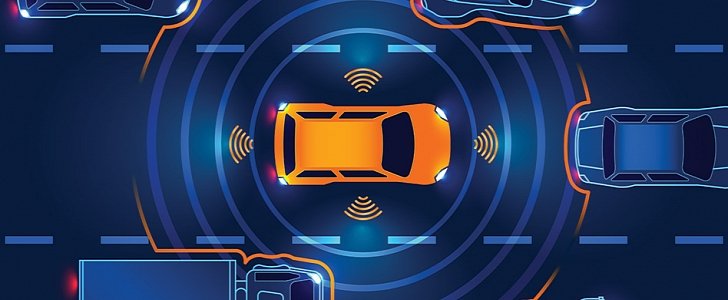Of the multitude of assistive and autonomous driving technologies in existence, one of the best known and widely used is that that governs lane changing.
Featured on dozens of models of all makes and currently being tested on autonomous cars, lane changing technology seems to be on the right track to full-scale implementation.
The guys and girls from MIT, however, have a different idea. In their view, the current algorithms that govern lane changes in self-driving cars have two significant issues: they rely on hard to interpret detailed statistical models of the driving environment, and they’re incredibly simple in terms of operation.
In MIT’s view, these two drawbacks can lead to impractically conservative decisions, such as a car making up its mind to never change lanes. So they had to come up with a different solution, backed by the Toyota Research Institute and the Office of Naval Research.
During the International Conference on Robotics and Automation last week, MIT’s Computer Science and Artificial Intelligence Laboratory (CSAIL) presented a new algorithm, one that allows for more aggressive lane changes, while at the same time relying only on immediate information about other vehicles’ directions and velocities to take action.
This can be done, say the researchers, by making the system calculate buffer zones around the other vehicles. In other words, the system would believe a car is larger than it actually is. That would ensure the car never gets close enough to the others as to cause a collision.
MIT’s algorithm would rely on both precomputed buffer zones, to be used as the situation dictates or, should these zones be outdated, it would make new ones on-the-fly.
“The optimization solution will ensure navigation with lane changes that can model an entire range of driving styles, from conservative to aggressive, with safety guarantees,” said Daniela Rus, Viterbi Professor of Electrical Engineering and Computer Science and co-author of the paper on the new algorithm.
The guys and girls from MIT, however, have a different idea. In their view, the current algorithms that govern lane changes in self-driving cars have two significant issues: they rely on hard to interpret detailed statistical models of the driving environment, and they’re incredibly simple in terms of operation.
In MIT’s view, these two drawbacks can lead to impractically conservative decisions, such as a car making up its mind to never change lanes. So they had to come up with a different solution, backed by the Toyota Research Institute and the Office of Naval Research.
During the International Conference on Robotics and Automation last week, MIT’s Computer Science and Artificial Intelligence Laboratory (CSAIL) presented a new algorithm, one that allows for more aggressive lane changes, while at the same time relying only on immediate information about other vehicles’ directions and velocities to take action.
This can be done, say the researchers, by making the system calculate buffer zones around the other vehicles. In other words, the system would believe a car is larger than it actually is. That would ensure the car never gets close enough to the others as to cause a collision.
MIT’s algorithm would rely on both precomputed buffer zones, to be used as the situation dictates or, should these zones be outdated, it would make new ones on-the-fly.
“The optimization solution will ensure navigation with lane changes that can model an entire range of driving styles, from conservative to aggressive, with safety guarantees,” said Daniela Rus, Viterbi Professor of Electrical Engineering and Computer Science and co-author of the paper on the new algorithm.

